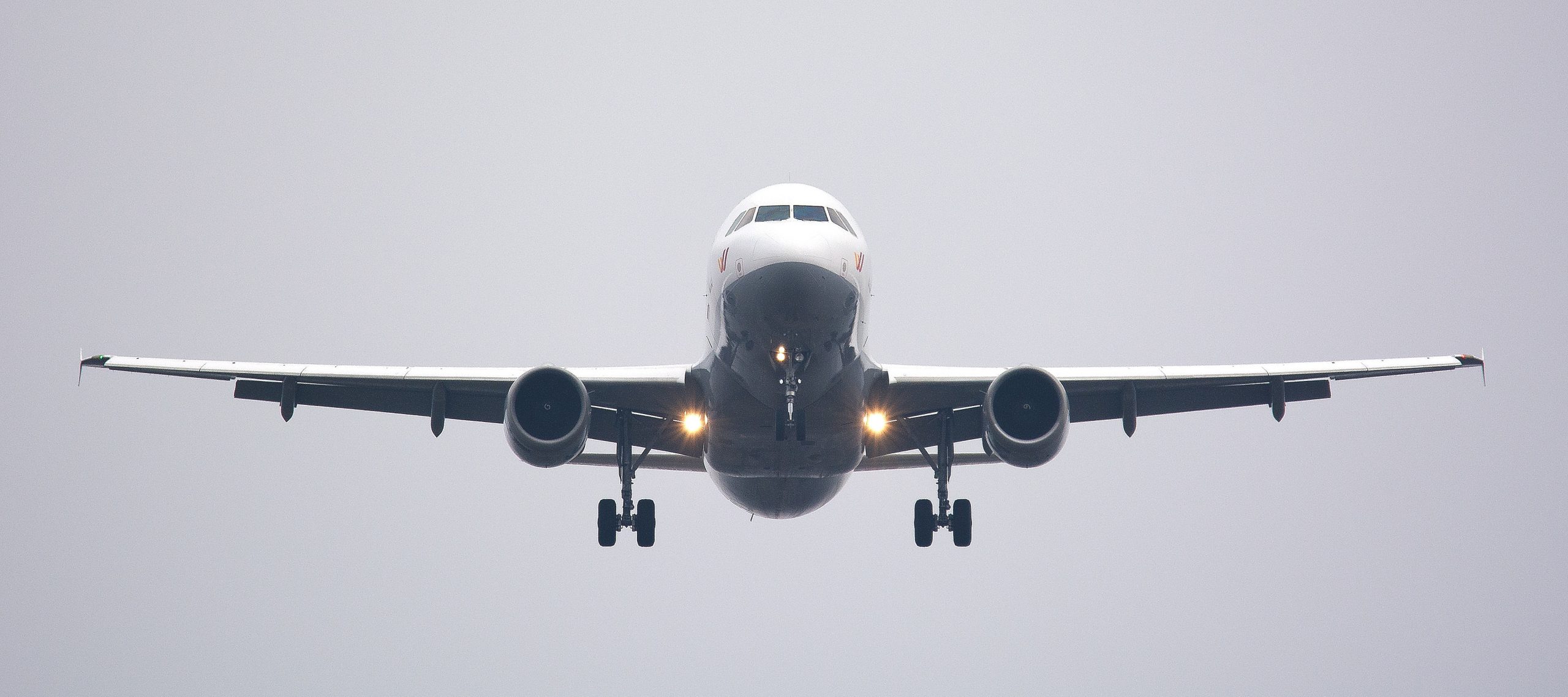NEWSLETTER
In Conversation: Holly Boyd-Boland, Virgin Atlantic


One idea that comes around again and again in the aviation sustainability space is that of a so-called frequent flyer tax.
Essentially the idea behind it is that the more you fly, the more you should pay, to account for the fact that your carbon footprint goes up.
In our latest blog post, we’ve had a look at the ICCT’s proposals, which came out this Autumn.
The ICCT proposes replacing air passenger duty, where it exists, with a frequent flyer climate levy. The first flight would be free, and the second flight would cost $9 – so the impact on most consumers would be minimal.
However, when you get to 20 flights, the charge would then go up to $177. Arguably if you are taking 20 flights a year, you can probably afford this.
Many frequent flyer tax proposals that come out take a hostile tone towards aviation and feel punitive in nature. The ICCT’s proposal doesn’t do that, and it is worth the industry engaging with it.
Our main issue with it is that it potentially treats all flights equally. For example, let’s take the hypothetical example of someone flying every week for work between Toronto and Philadelphia in 2030.
Someone flying on a Connect Airlines retrofitted hydrogen-electric ATR72, would pay the same as someone going on the same route with an older generation 737. As a result, we’d like to see any proposal taking factors like this into account, and rewarding the use of lower or no-emissions aircraft.
The development of hydrogen aviation got a boost over the past few days with two announcements from major players in this space.
With liquid hydrogen needing to be stored at ultra low temperatures, Airbus has started work on scoping out cryogenic hydrogen storage tanks.
In an announcement on its website, Airbus said that it had last year established Zero Emission Development Centres (ZEDCs) in Nantes, France, and Bremen, Germany, with the task of designing and manufacturing the hydrogen tanks.
Meanwhile, engine maker Rolls Royce has successfully run an aircraft engine on hydrogen, in a project that it’s conducting with easyJet. The LCC published its accelerated net zero plans over the Summer, which have a heavy emphasis on next-generation aircraft.
The ground test was conducted on an early concept demonstrator using green hydrogen created by wind and tidal power.
Following analysis of this early concept ground test, the partnership plans a series of further rig tests leading up to a full-scale ground test of a Rolls-Royce Pearl 15 jet engine.
Obviously, hydrogen is not without complications. A new transport and storage infrastructure will be required at airports. Also, the hydrogen science coalition has estimated that heavy hydrogen tanks could increase the payload of an aircraft by up to 20%.
However, any new aircraft technology has challenges, with electric aircraft the issue is of course around battery weight vs distance. For now, both these announcements mark important milestones in the race to net zero.
Deal news
Qantas forms SAF coalition to drive cleaner aviation (biofuels international)
This Tiny Brooklyn Company Is About to Upend the Aviation Industry (Inside Hook)
Etihad’s ‘Greenliner’ shows a glimpse of a more sustainable future for aviation (CNN Travel)
NASA Continues Sustainable Jet Fuel Study on Boeing’s ecoDemonstrator With Rolls-Royce Engine (Executive Biz)
Sustainable Airline Evia Eyes Full Energy-To-Flight Value Chain (Aviation Week)
The future of sustainable aviation could be electric (City Pulse)
© 2022 SimpliFlying Pte. Ltd.